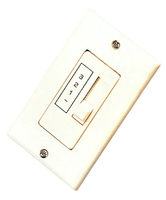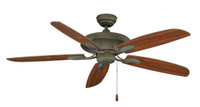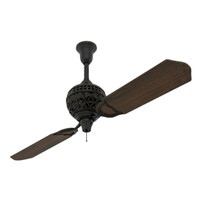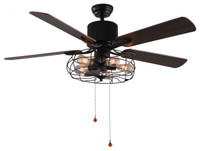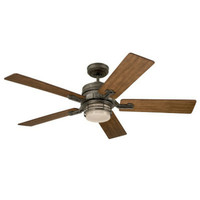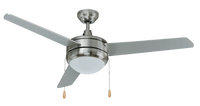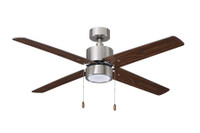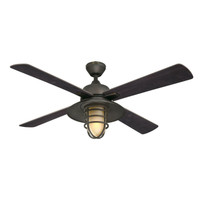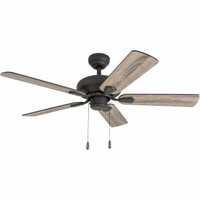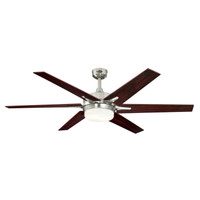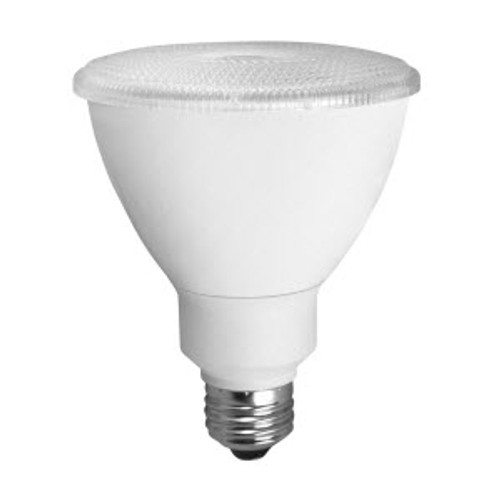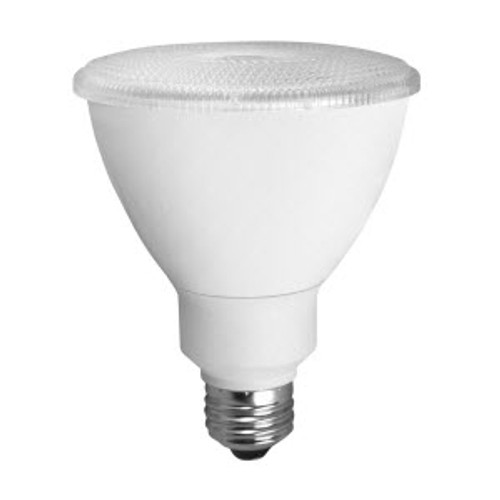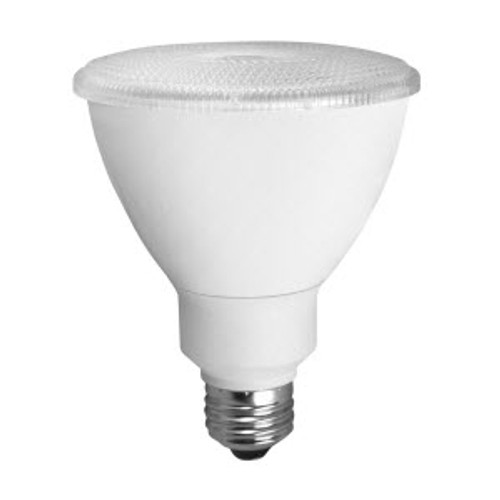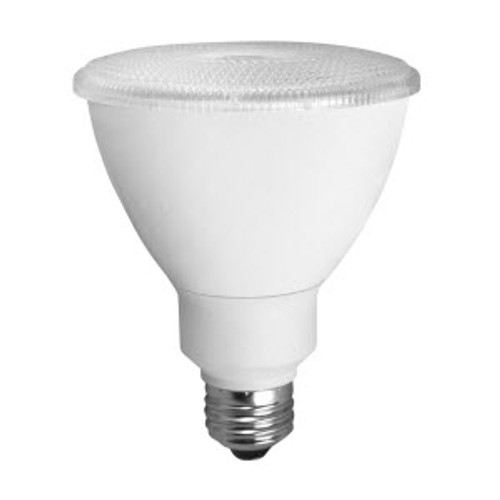
Ceiling Fans
How does a Ceiling Fan work?
A ceiling fan is a mechanical fan mounted on the ceiling of a room or space, usually electrically powered, that uses hub-mounted rotating blades to circulate air. They cool people effectively by increasing air speed. Fans do not reduce air temperature or relative humidity, unlike air-conditioning equipment but create a cooling effect by helping to evaporate sweat and increase heat exchange via convection.
Fans may add a small amount of heat to the room due to friction and waste heat from the motor. Fans use significantly less power than air conditioning as cooling air is thermodynamically expensive. In the winter a ceiling fan can also be used to bring warm air, which naturally rises, back down to occupants. This can affect both thermostat readings and occupants' comfort, thereby improving climate control energy efficiency.
Ceiling Fan Directions for the Winter & Summer
Ceiling Fan Direction for the Summer (Counterclockwise)
In the summer, ceiling fans should rotate counterclockwise to push cool air down to the floor. The cool air evaporates perspiration and creates a wind chill effect, which makes you feel cooler without affecting the room temperature. This allows you to set the thermostat at a higher temperature without forfeiting comfort.
Ceiling Fan Direction for the Winter (Clockwise)
In the winter, ceiling fans should rotate clockwise at a low speed to pull cool air up. The gentle updraft pushes warm air, which naturally rises to the ceiling, down along the walls and back the floor. This makes a room feel warmer, which allows you to lower the thermostat temperature and decrease the use of heating devices. Homeowners who use ceiling fans during the winter can save as much as 15 percent on heating bills.
Exceptions to seasonal ceiling fan directions
There are a few exceptions and modifications to the ceiling fan summer and winter rules that you can use to control the airflow in your home.
Vaulted ceilings: Leave the fan on the counterclockwise setting year-round. The height of the fan mount makes it unlikely you’ll feel any wind chill.
Dining rooms: To keep the fan from cooling your food too quickly, set it to turn clockwise at a medium or low speed. There will still be air circulation to cool you, but it won’t be as intense. The same can be said if you are working on paperwork at the table or perhaps playing cards. A fan set to medium and turning clockwise will keep things from blowing everywhere.
Smokers: Set your ceiling fans to run clockwise when you have a family member or guest who smokes indoors. This will draw the smoke up and away. If possible, open a few windows or turn the AC fan to exhaust and help the smoke leave the room.
Outdoor: An outdoor ceiling fan on a porch or covered patio will follow many of the same rules as above for cooling or ventilation. You can also use it on summer evenings to help with insect control. Turn the fan on and have it rotate counterclockwise at high speed. The force of the air will help to keep mosquitos and other flying insects away.
Adjusting your ceiling fan to the season will help make your home more comfortable. Once you make sure your ceiling fan direction in the winter is clockwise and your ceiling fan direction in the summer is counterclockwise, you’ll be able to save money cooling and heating your home. From ceiling fan blades to a new fan, Lightingandsupplies.com delivers online orders when and where you need them.
Reasons to Use Your Ceiling Fan In The Summer
- Cooling wind chill effect on your skin makes a room feel up to 8 degrees cooler.
- Save up to 40% on air conditioning costs.
- Reduce use of central or window air conditioning units.
- Spend more time outdoors without sacrificing comfort.
Reasons to Use Your Ceiling Fan In The Winter
- Redistribution of warm air makes a room feel warm and more comfortable to you and your family.
- Save up to 15% on heating costs.
- Reduce the cost of heating fuel.
- Reduce clutter and electric hazards due to space heaters and heating blankets.
Need help with selecting the right ceiling fan?
Contact us at Lightingandsupplies.com today!
1750 Union Ave.Rear Unit K
Baltimore MD 21211

